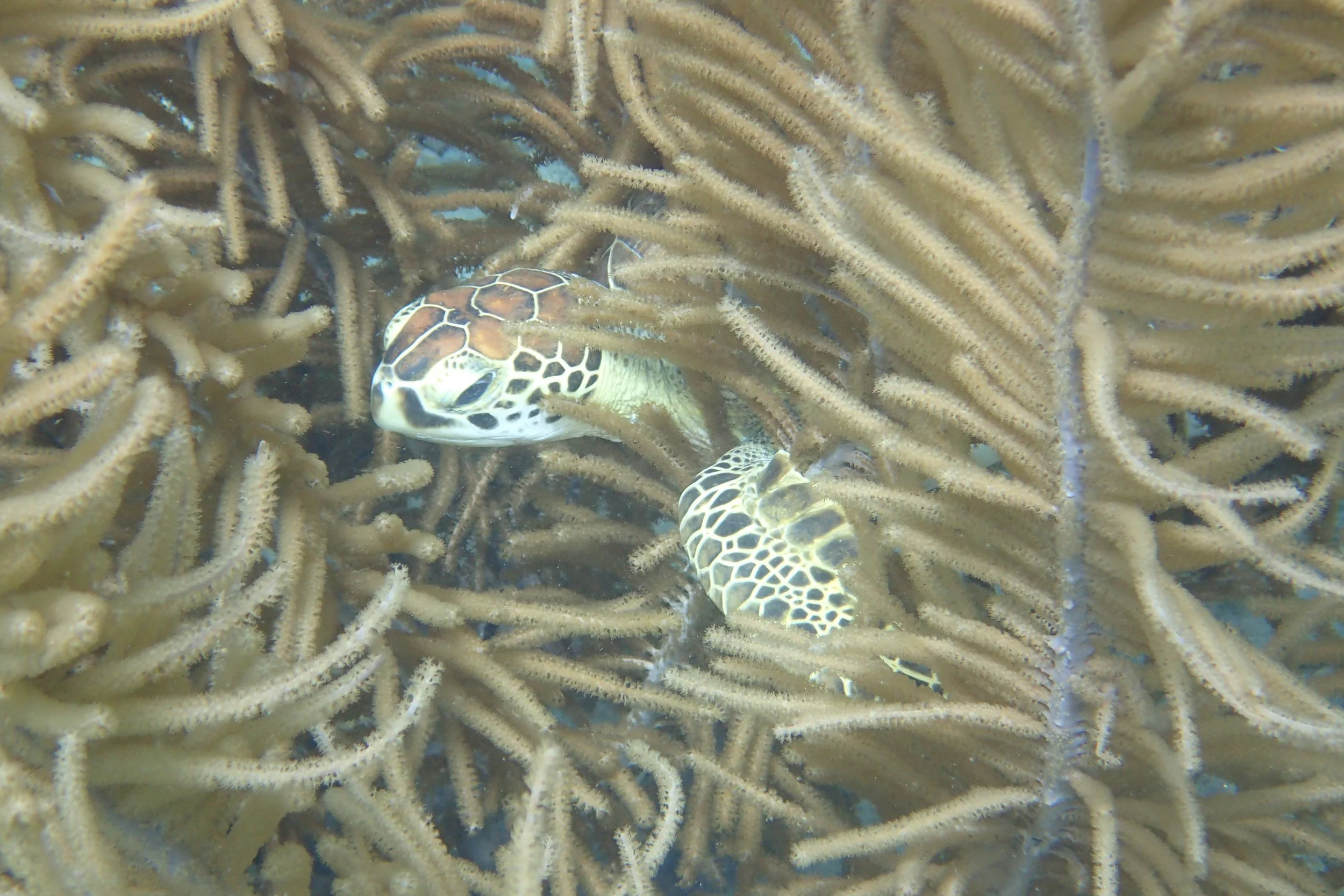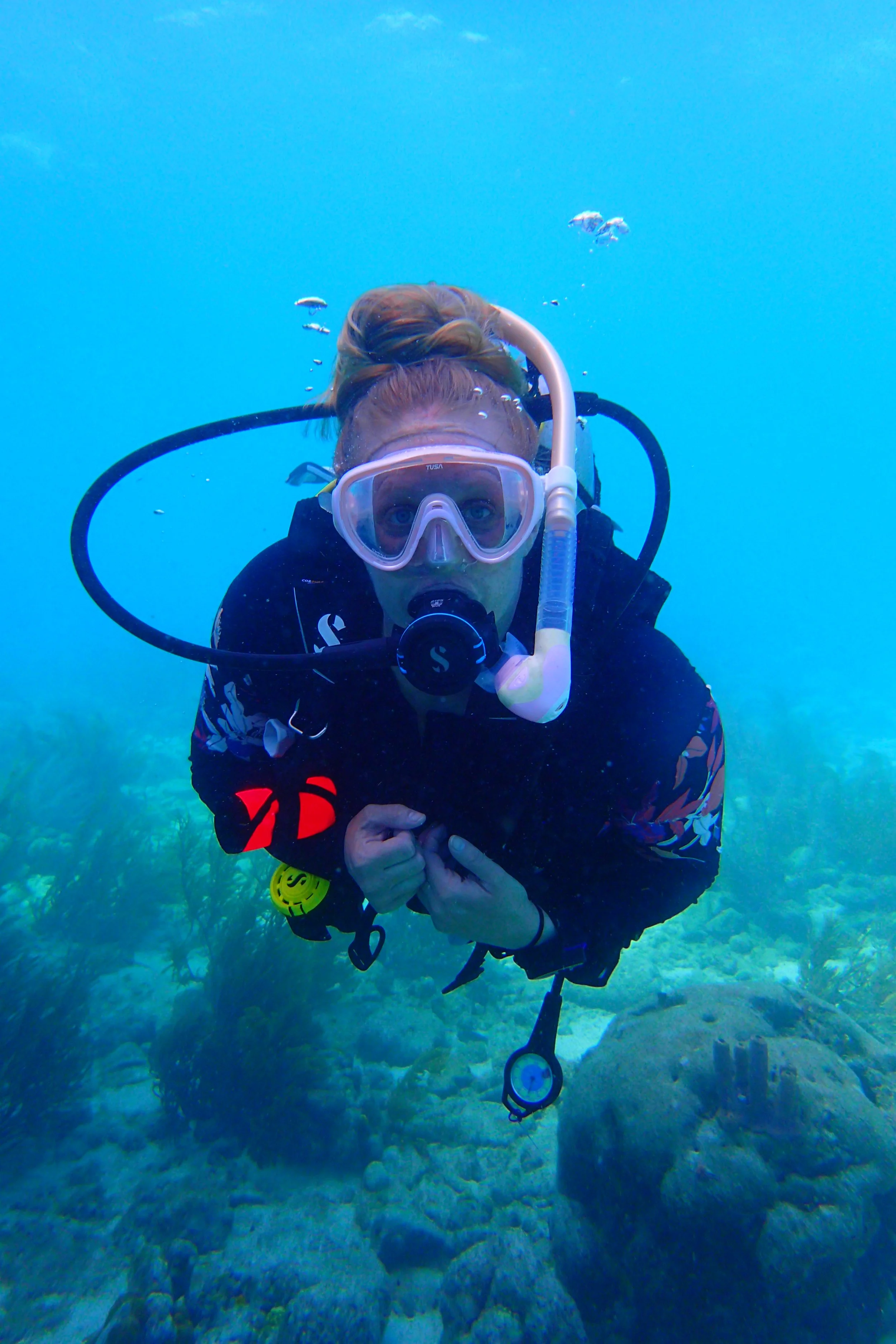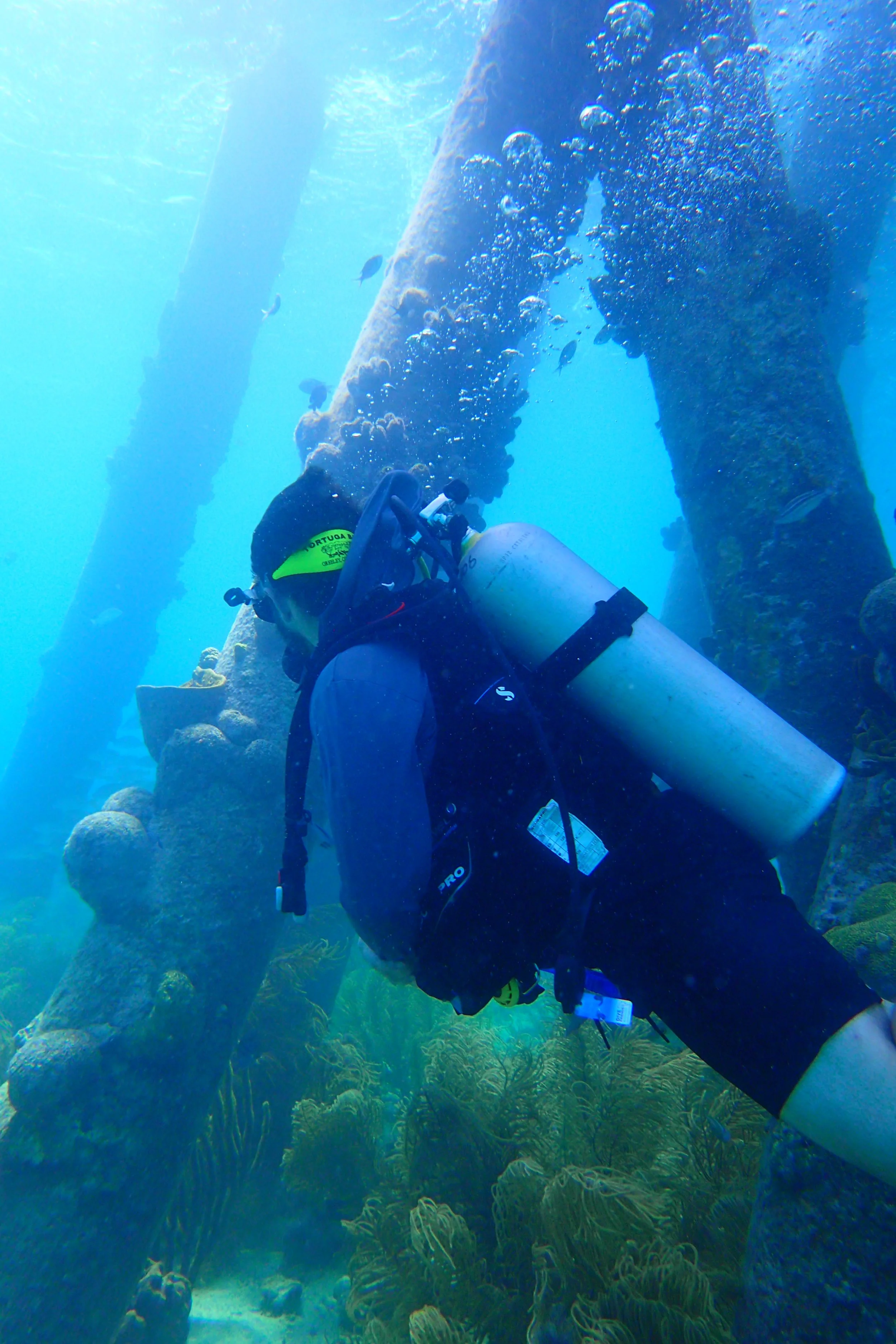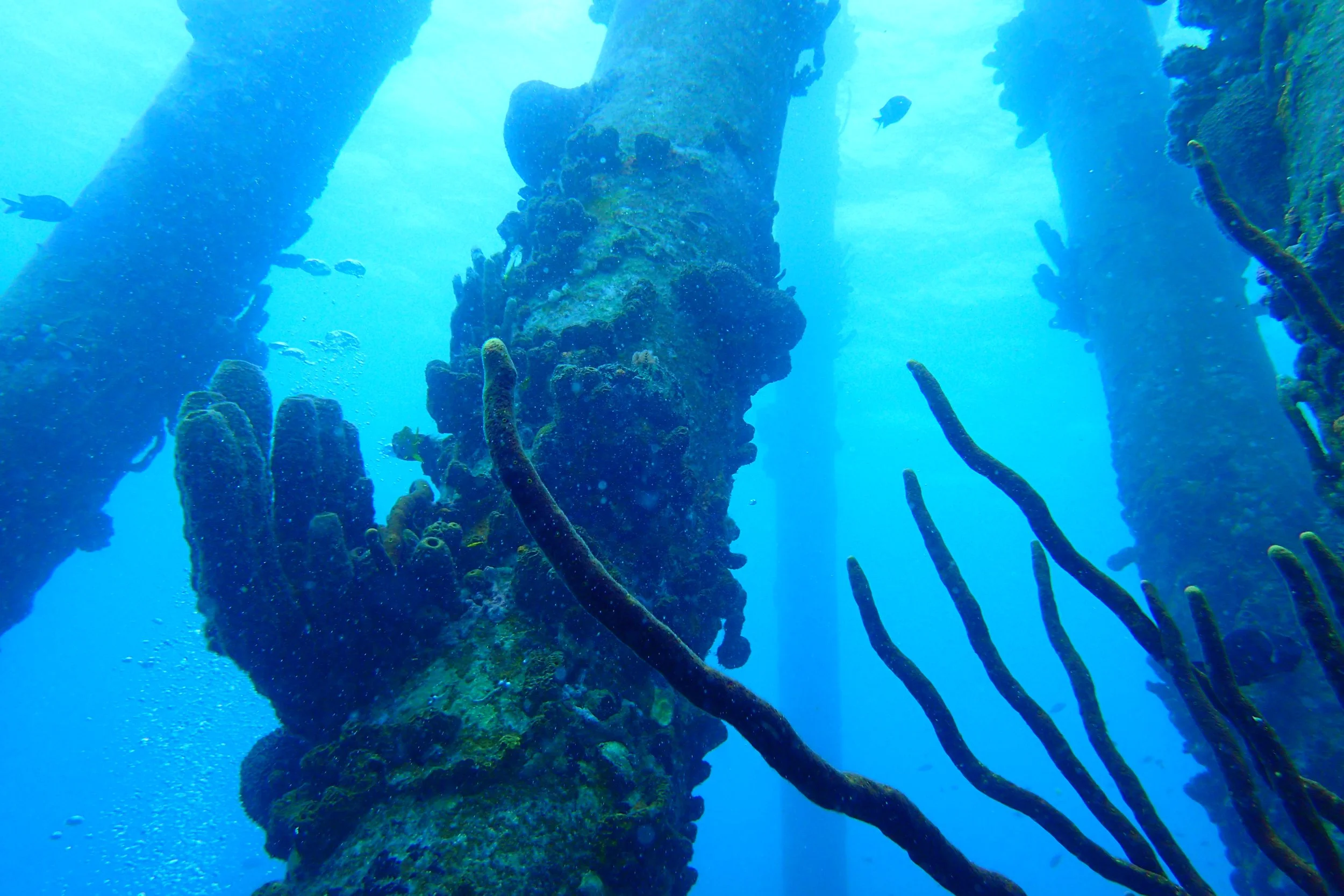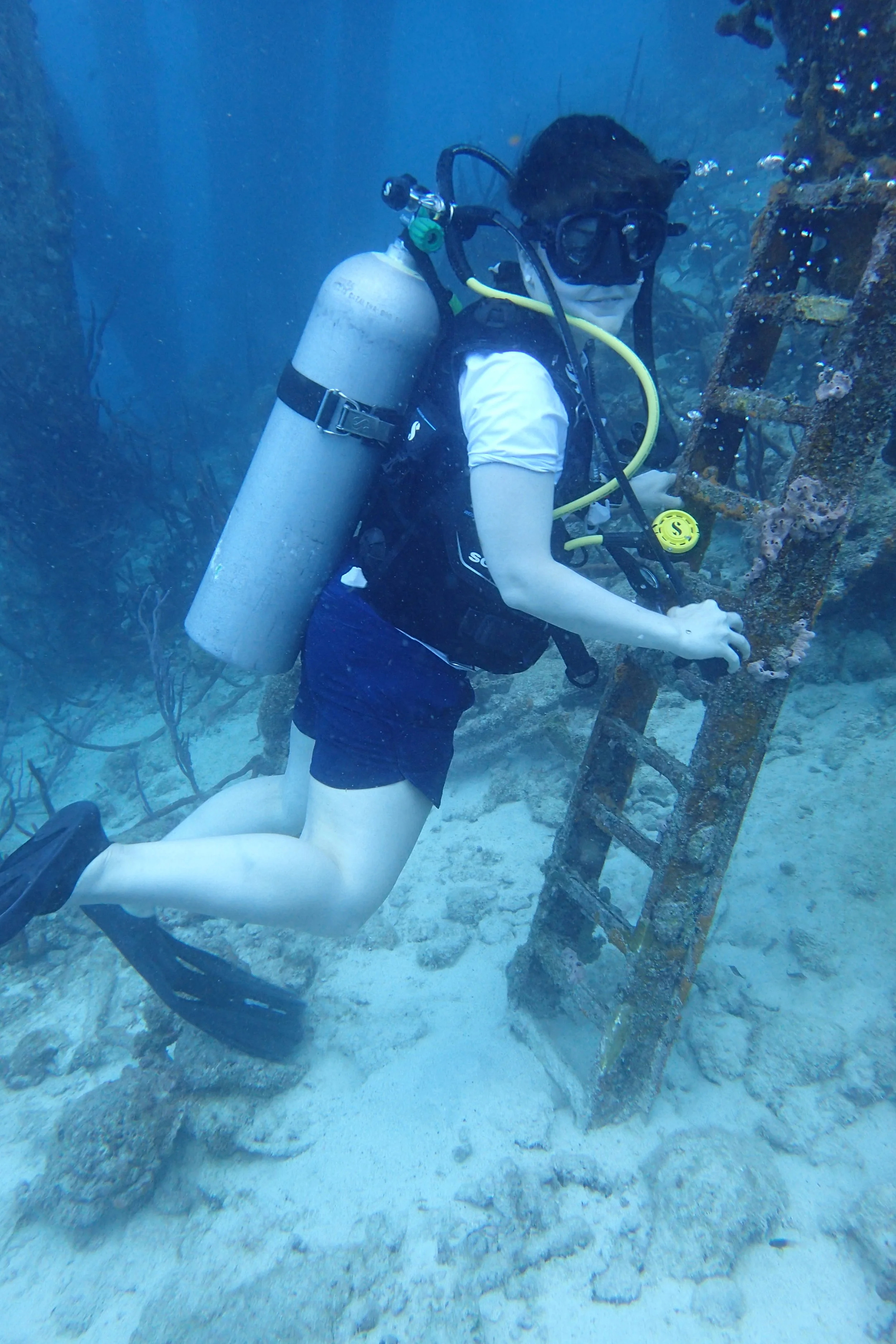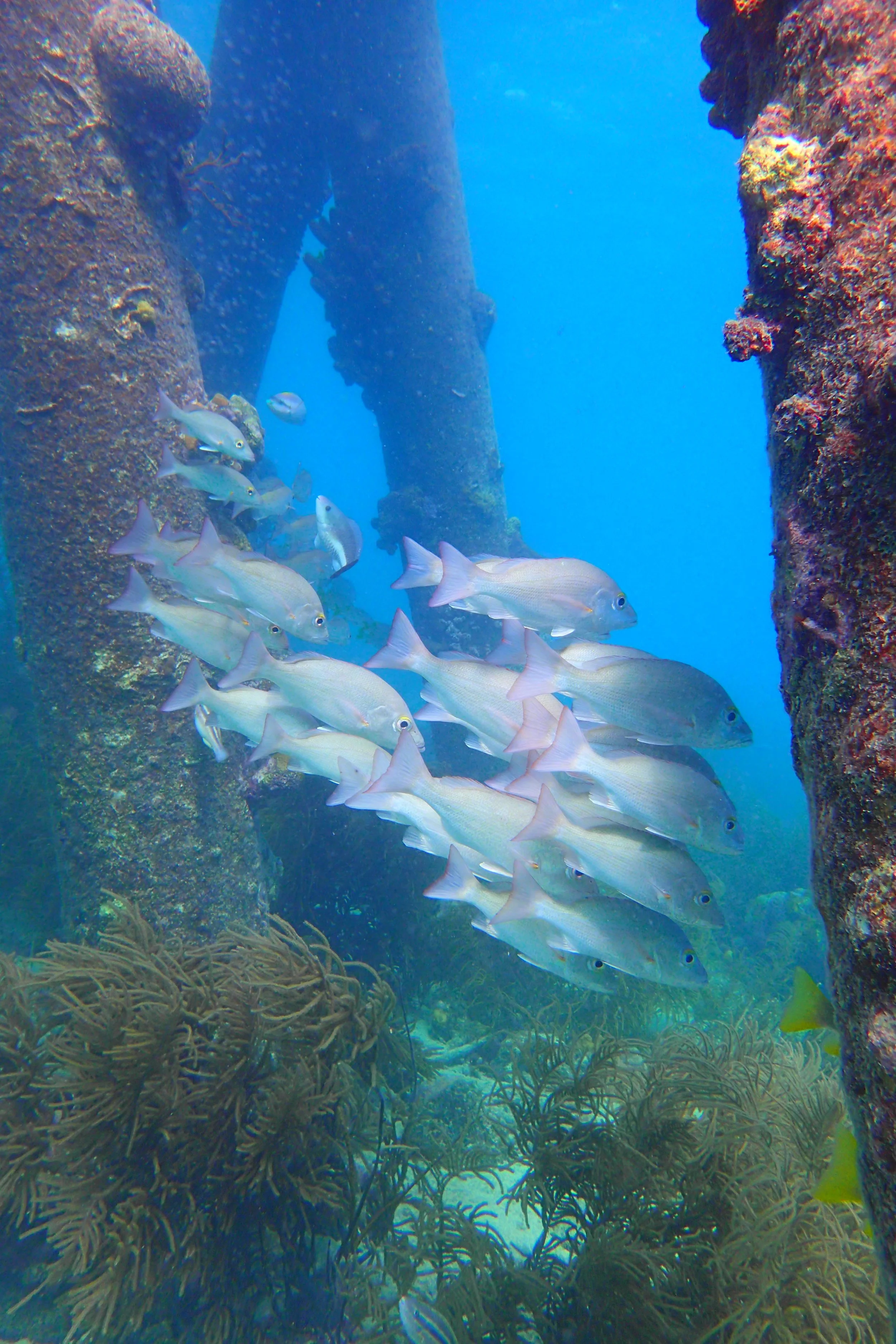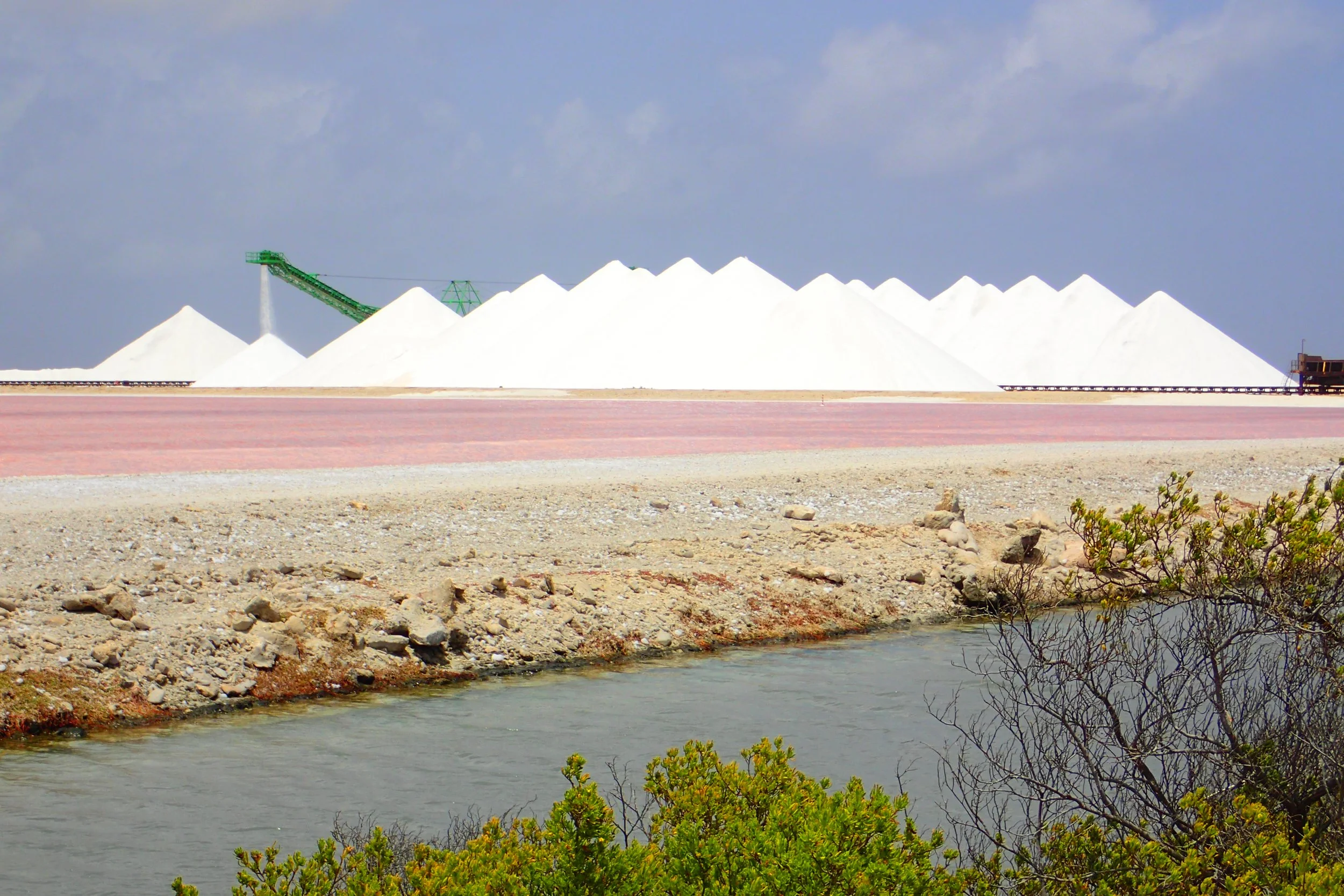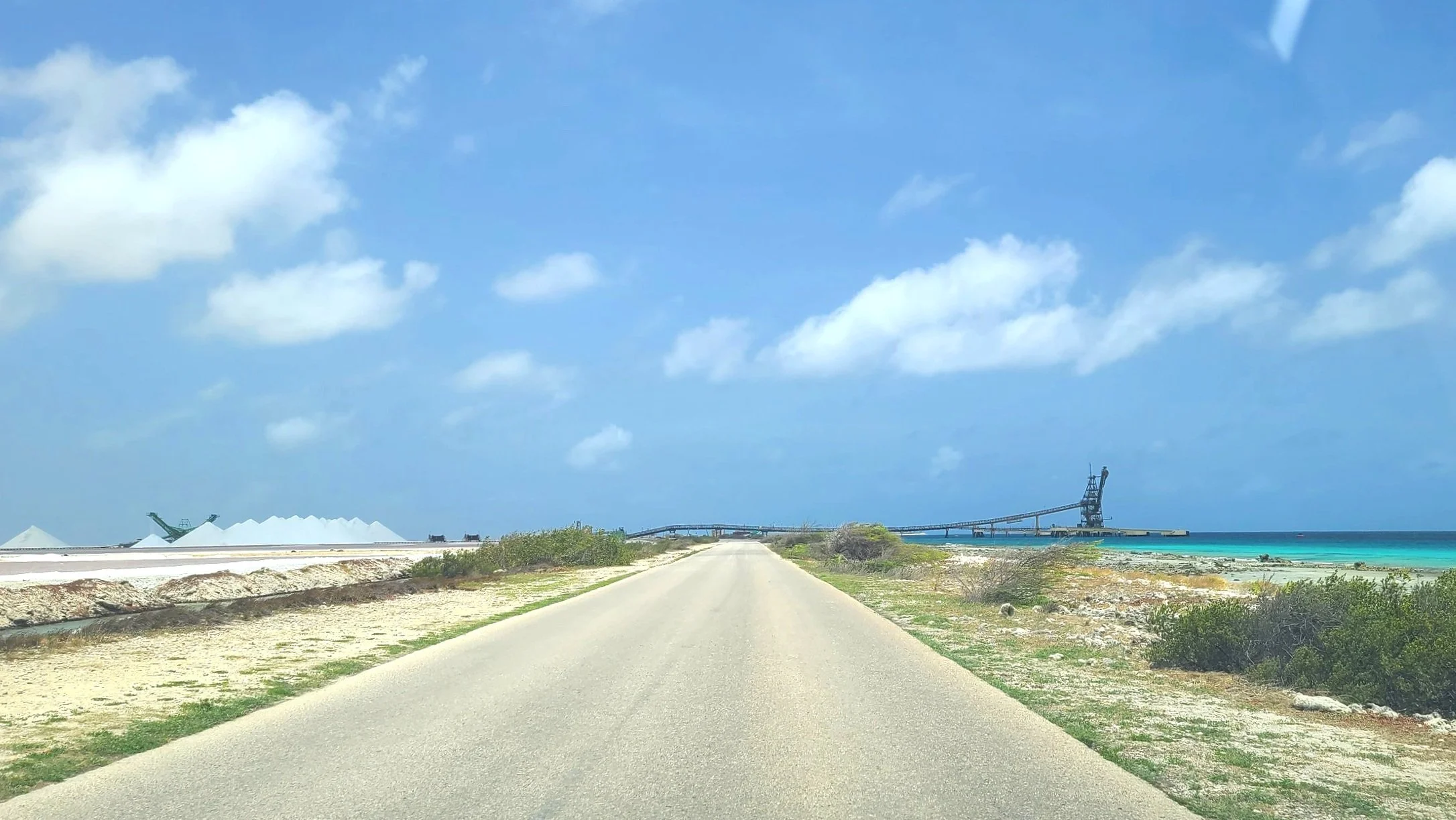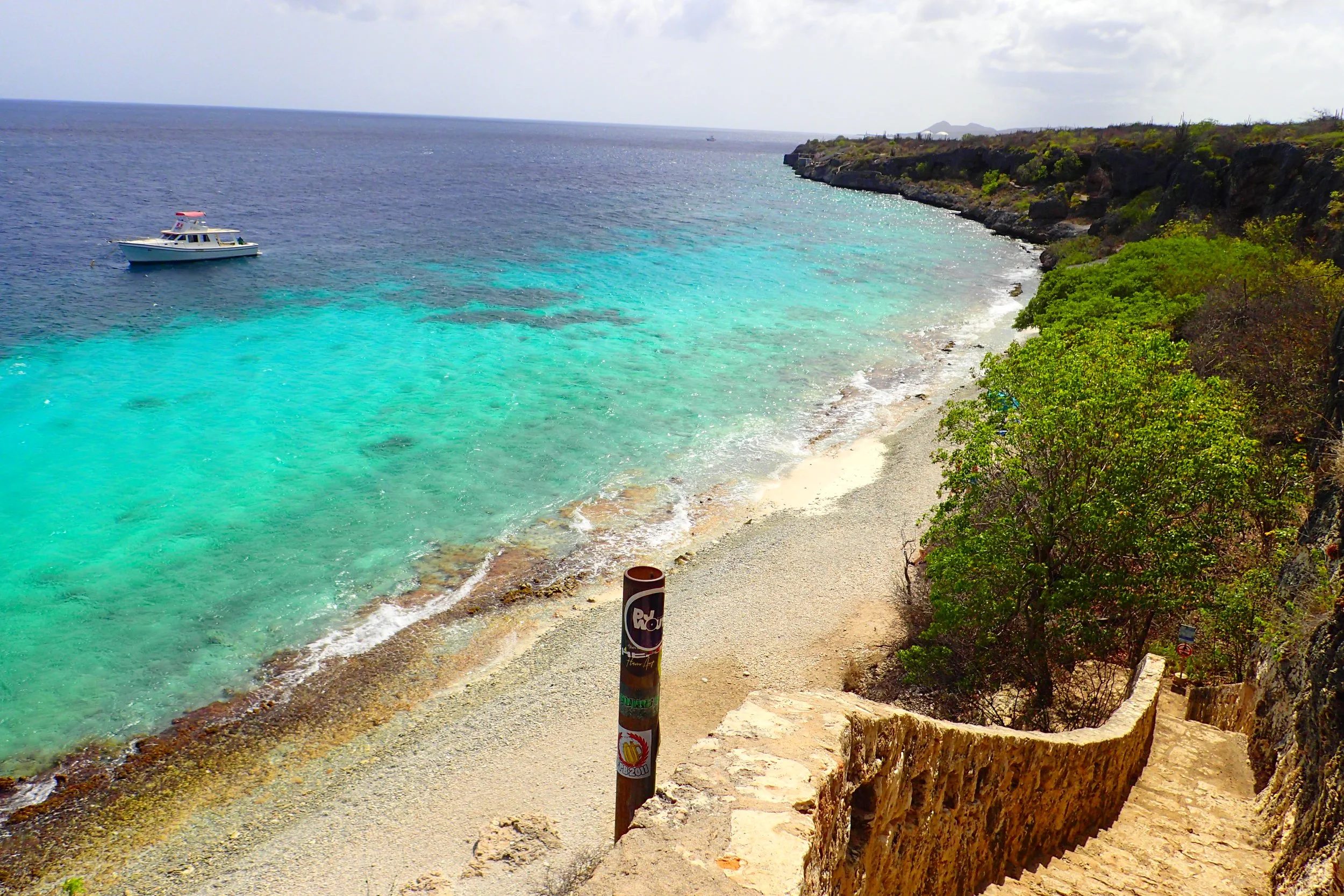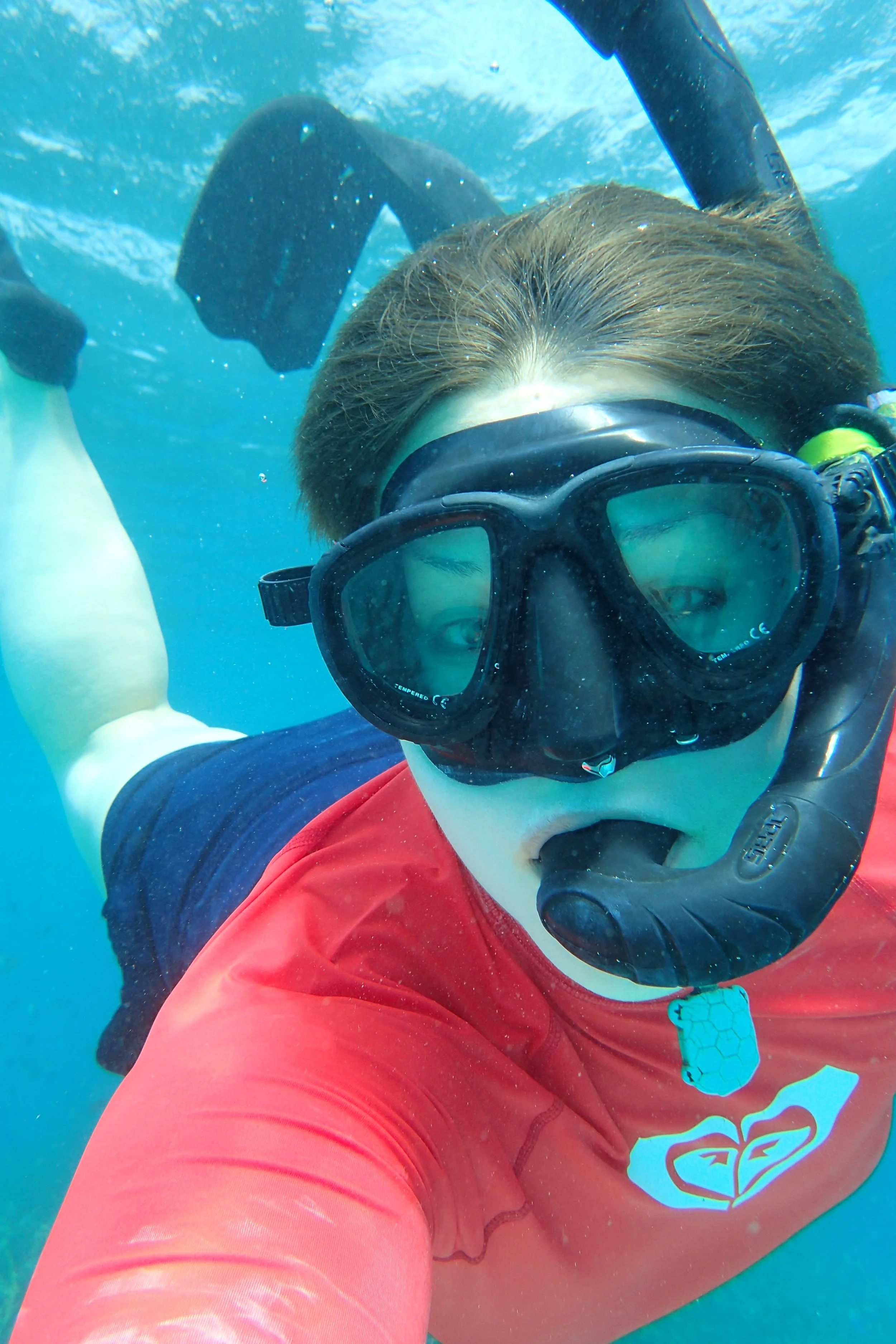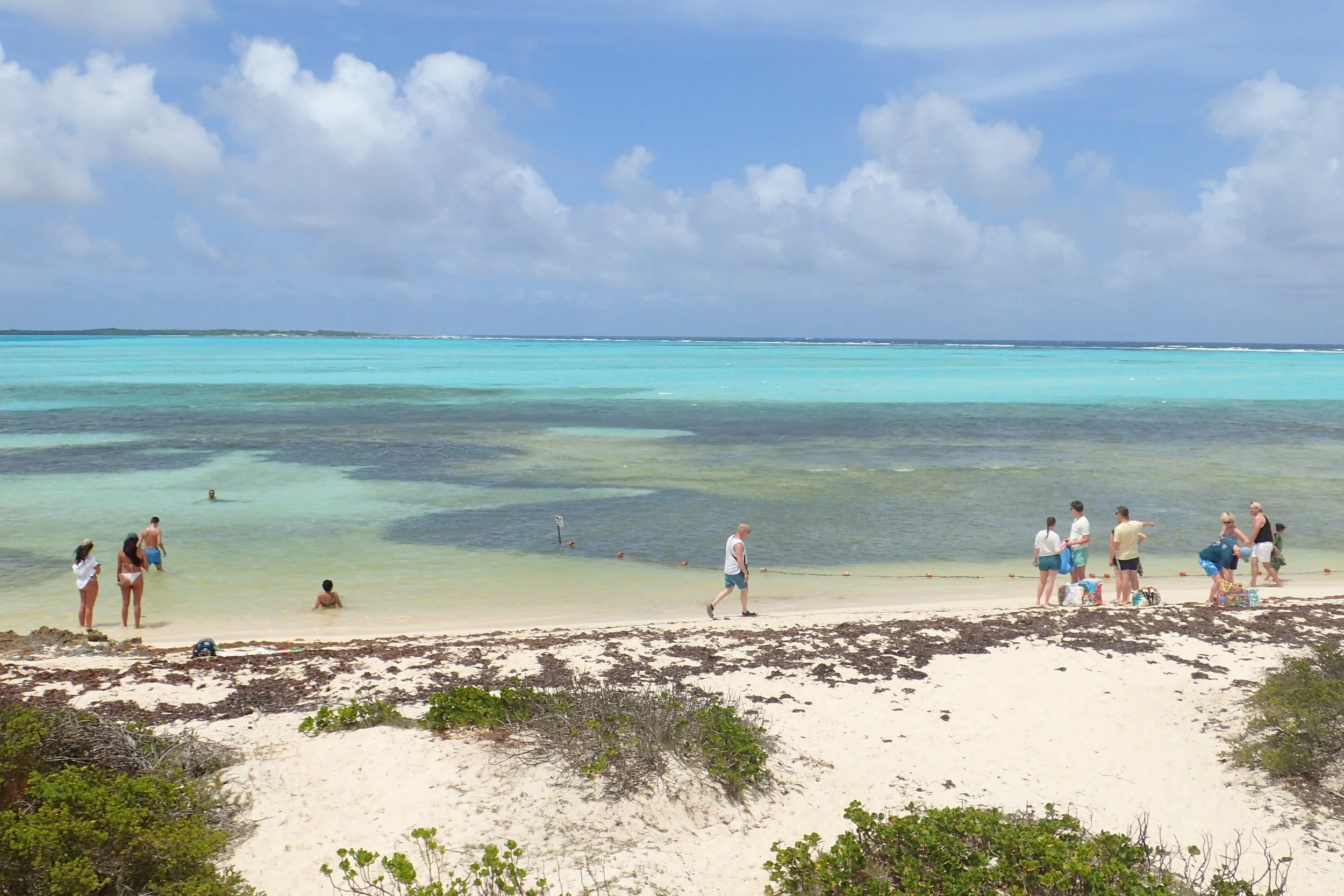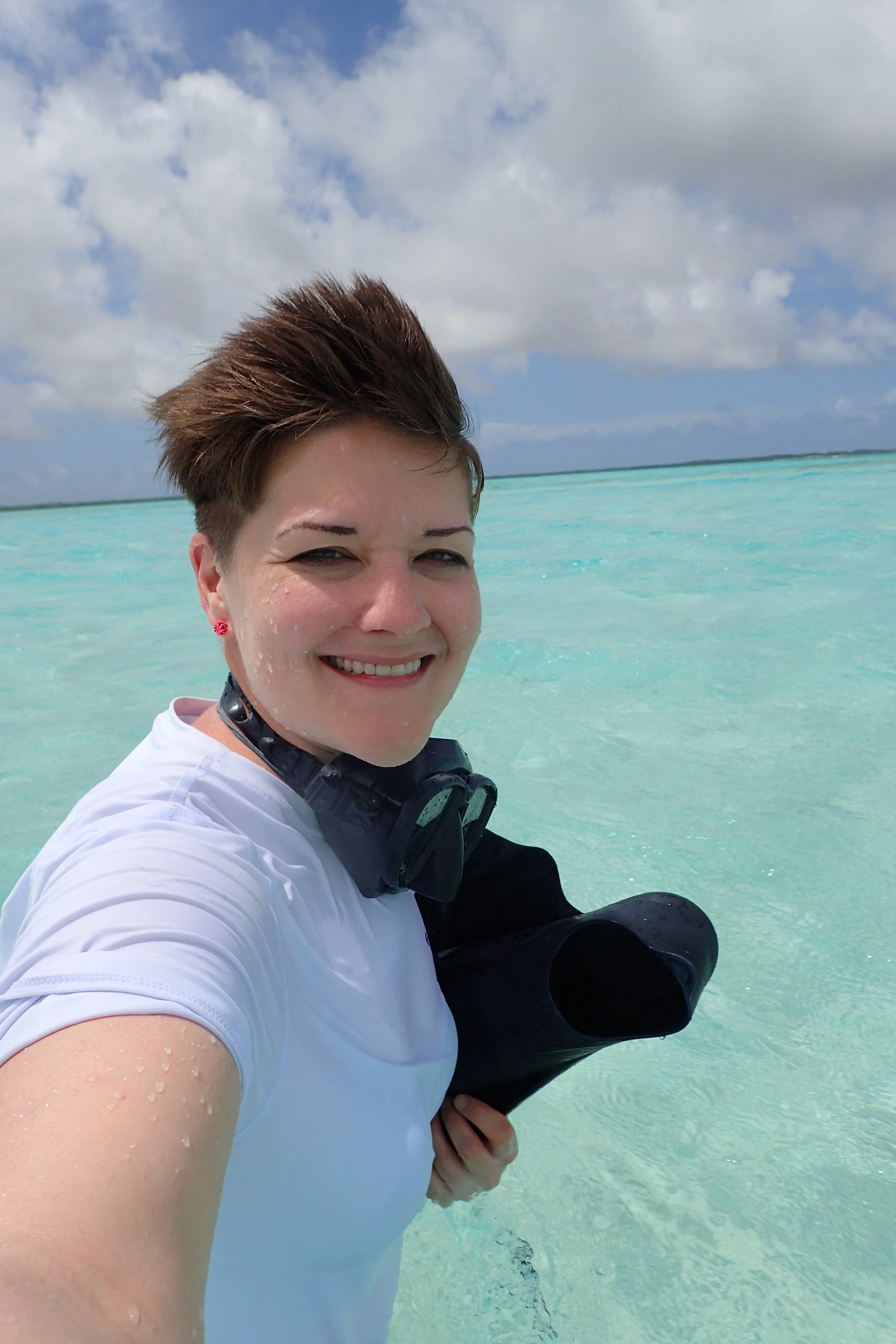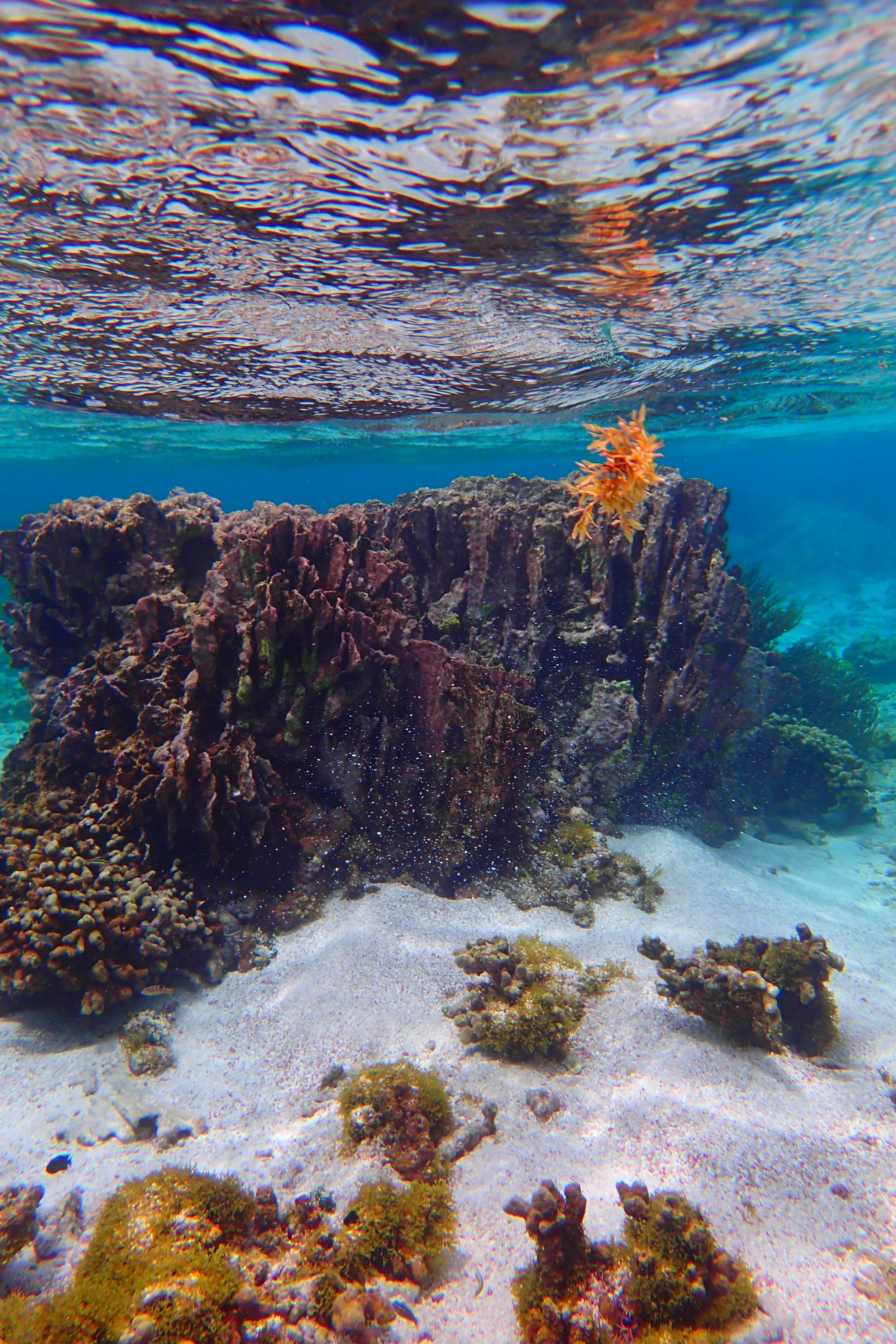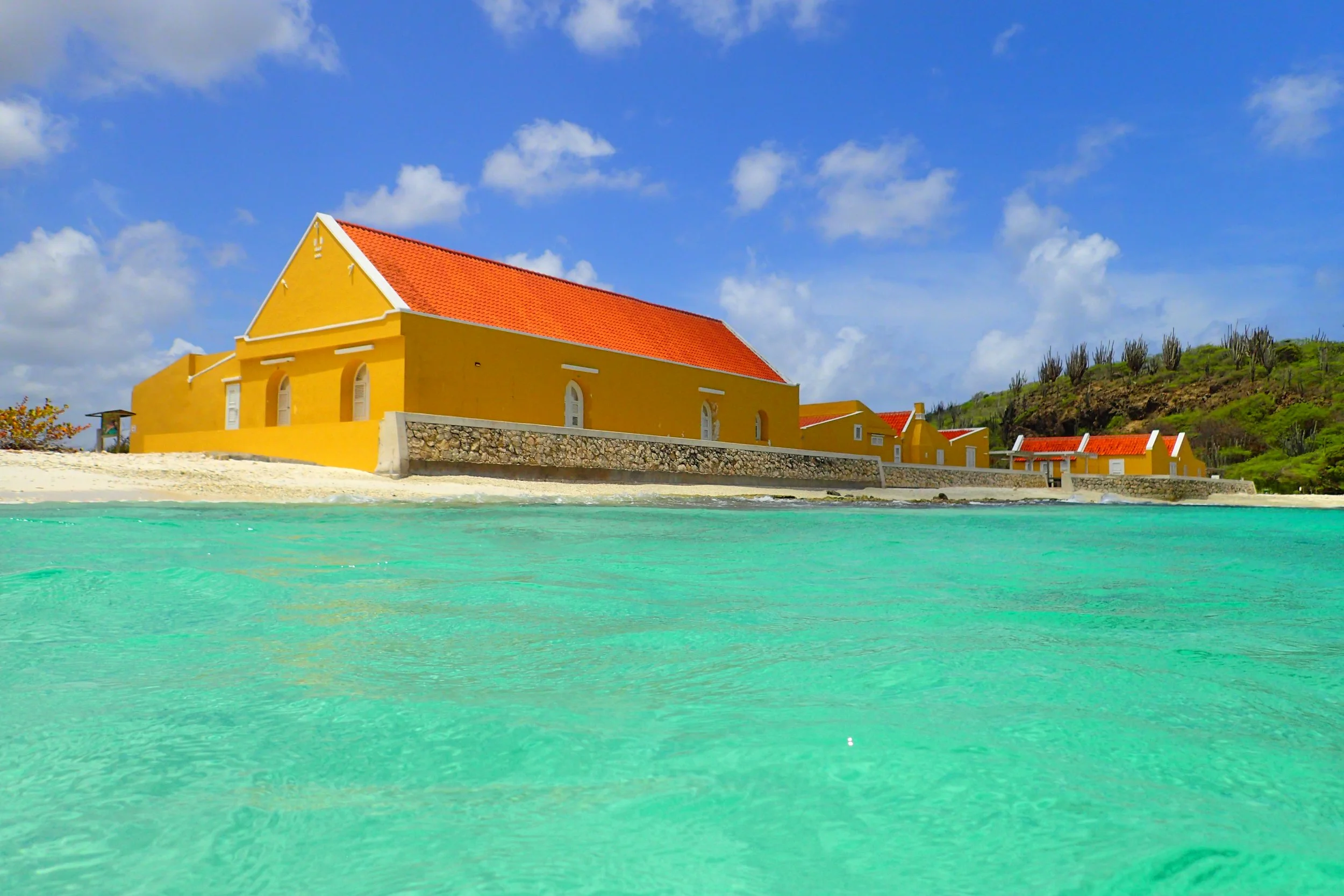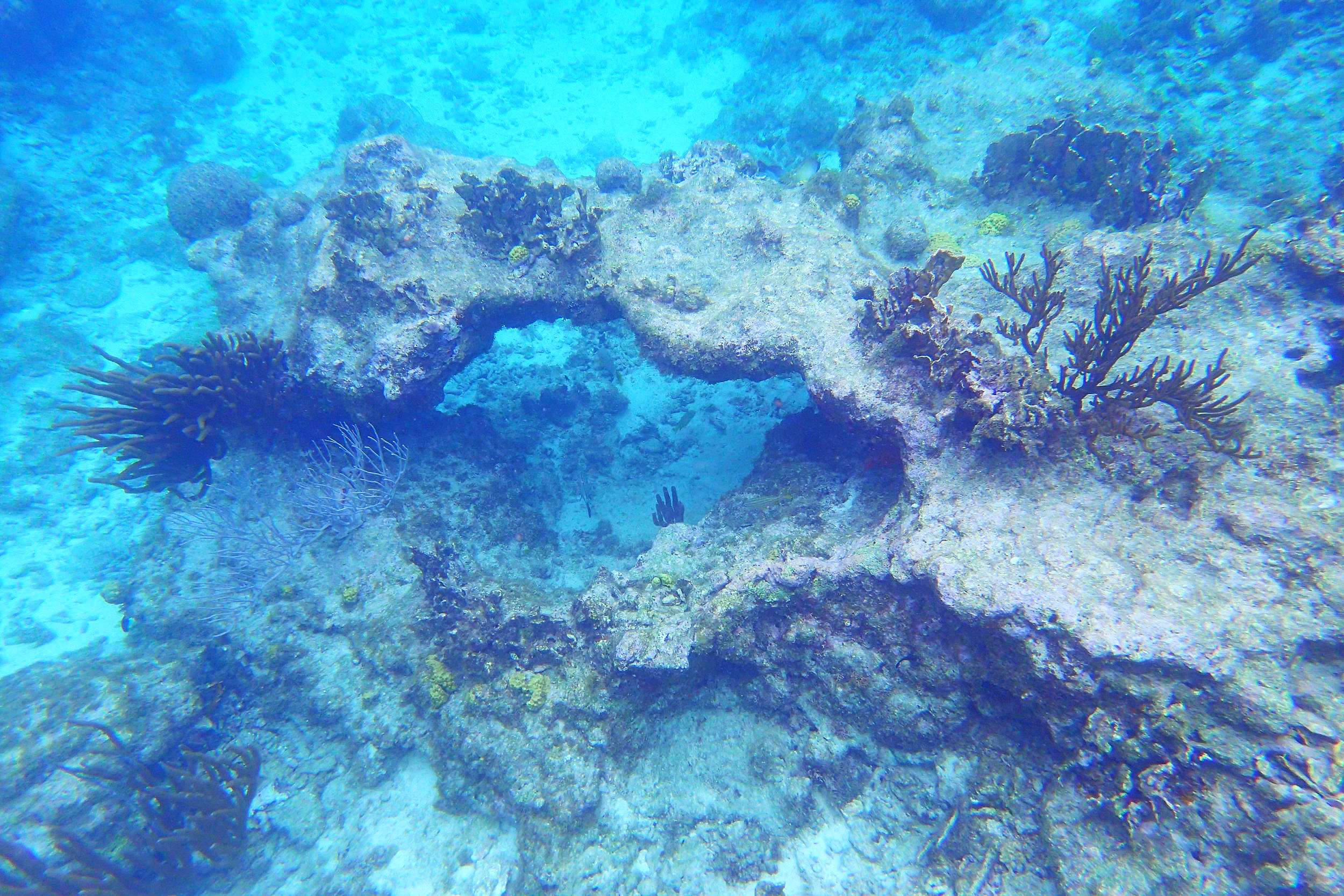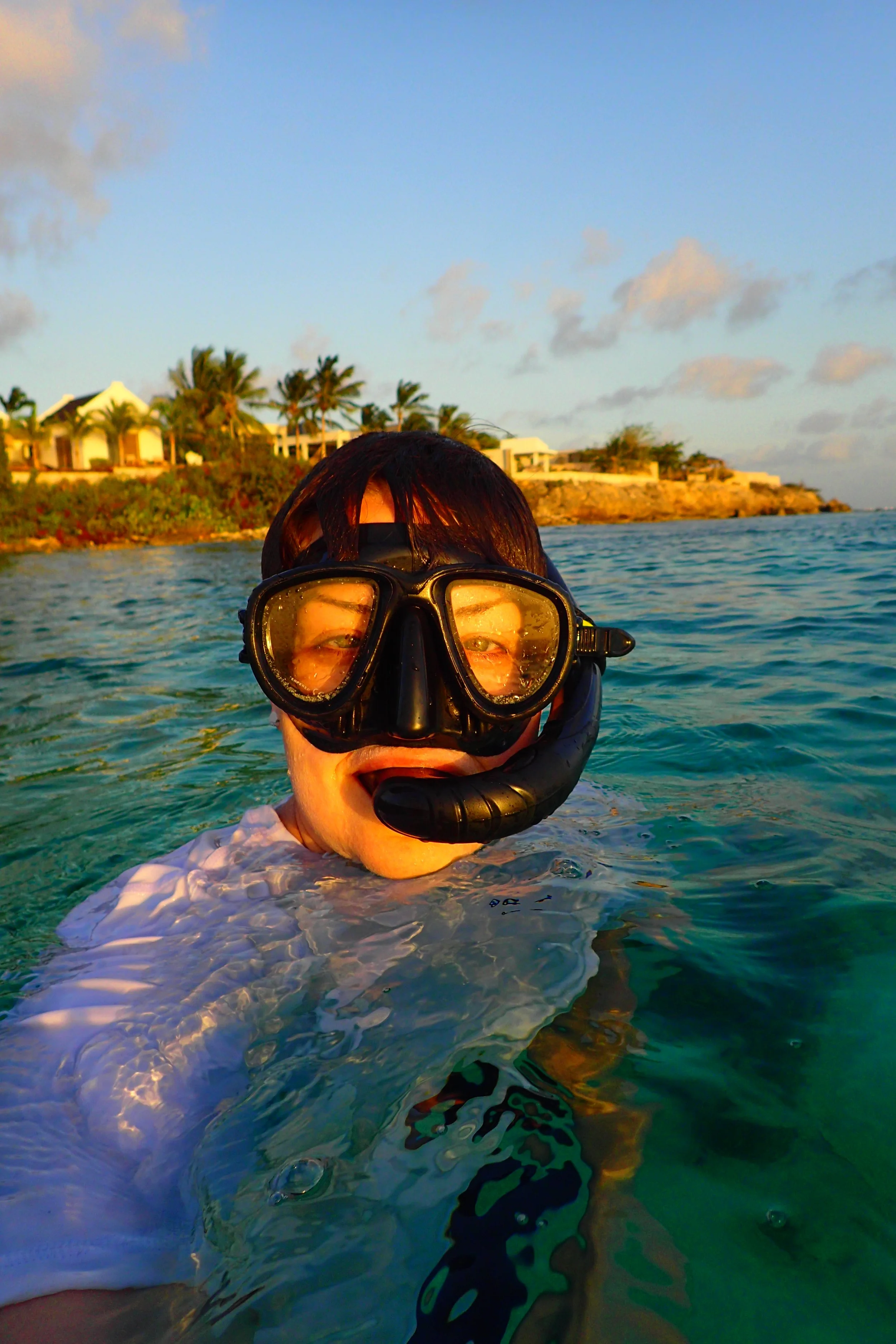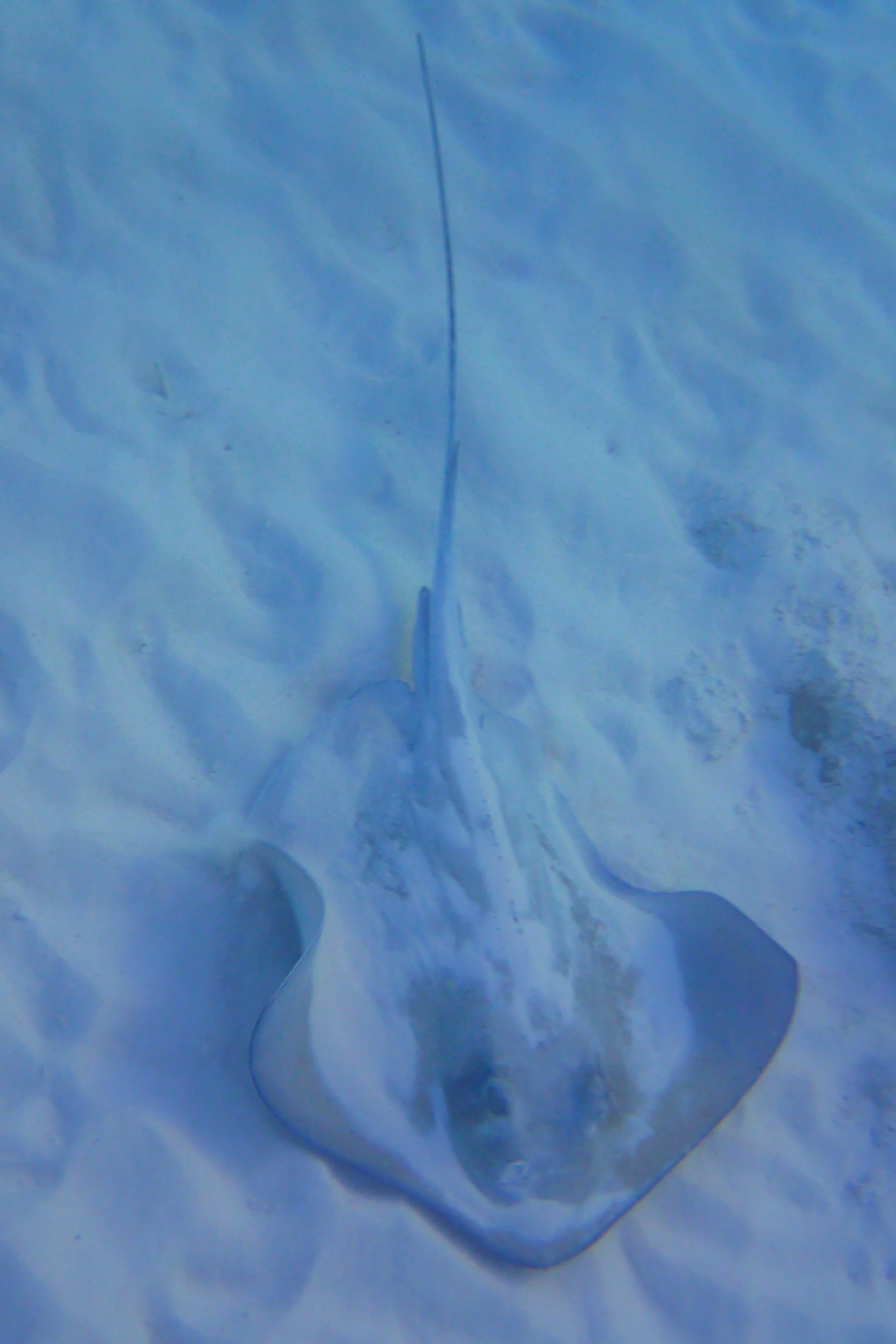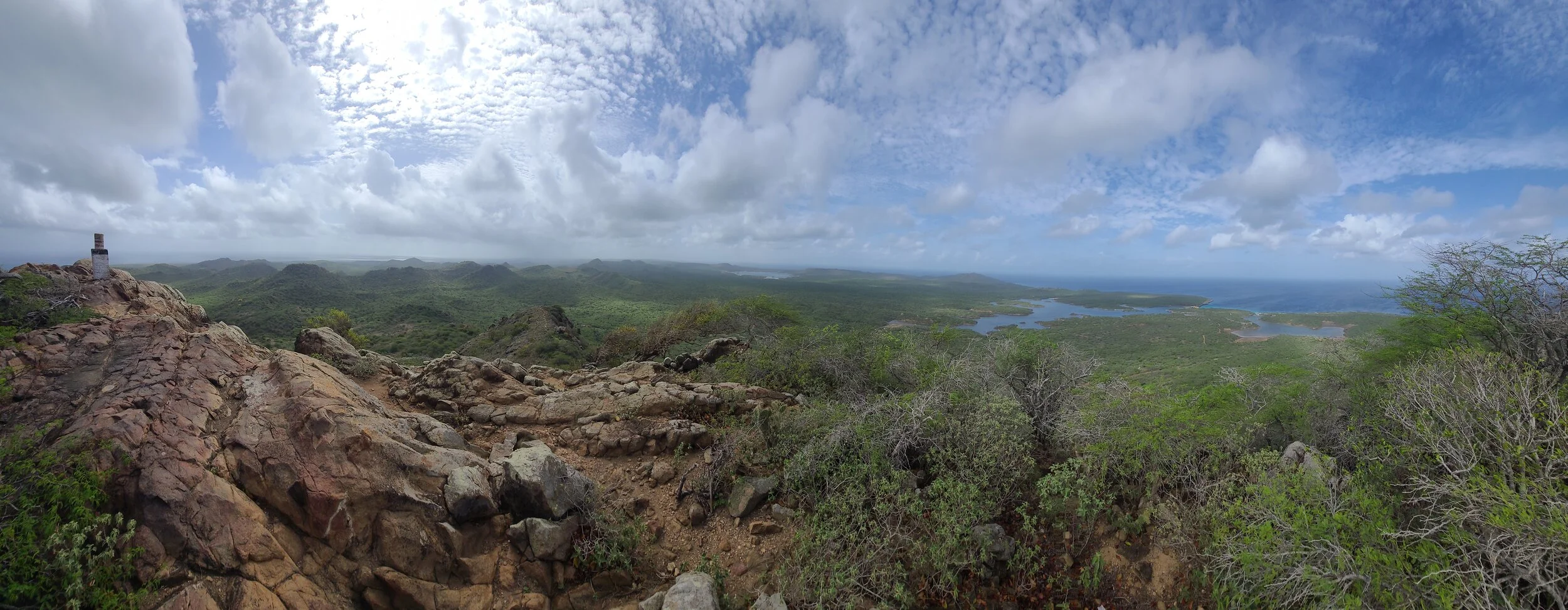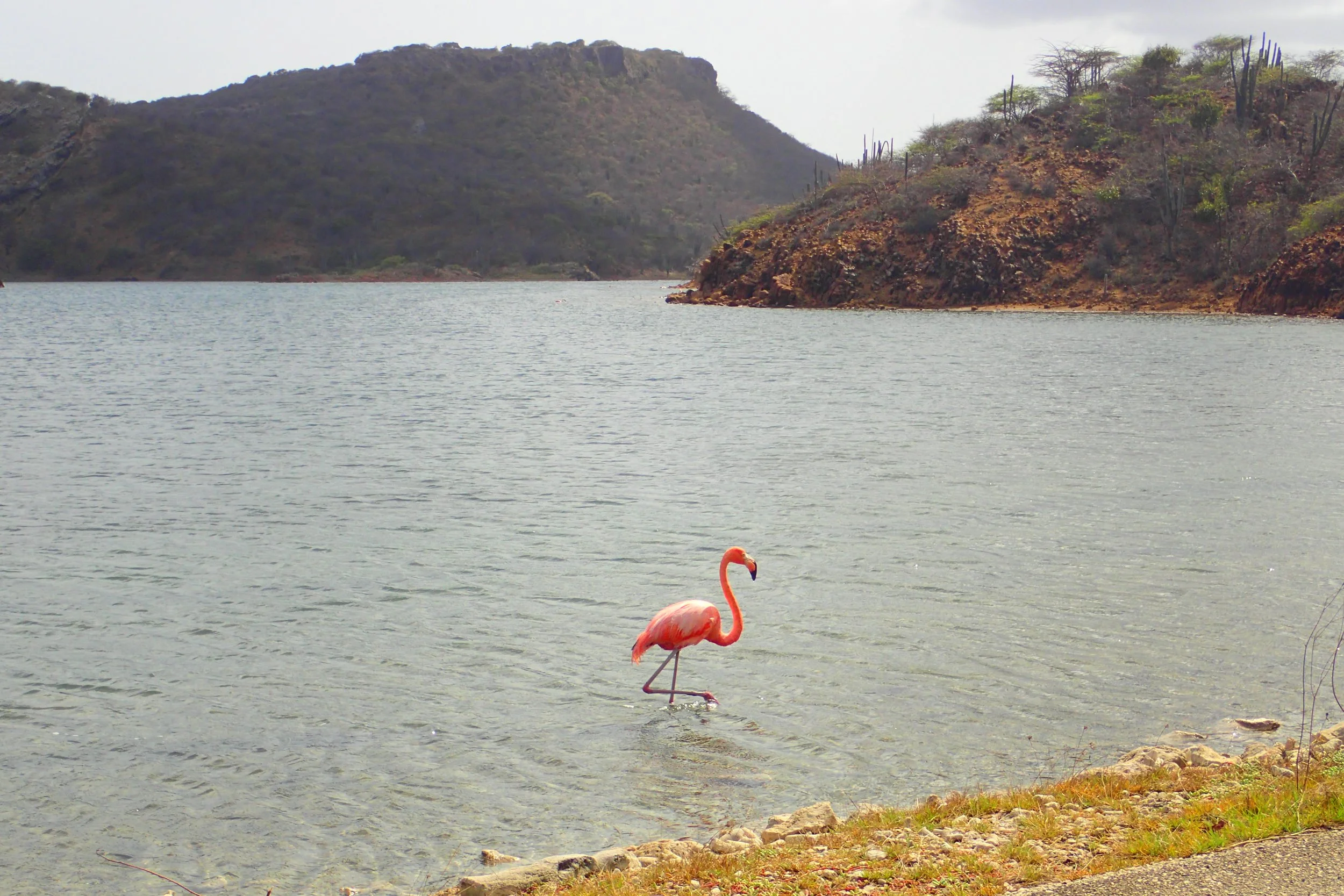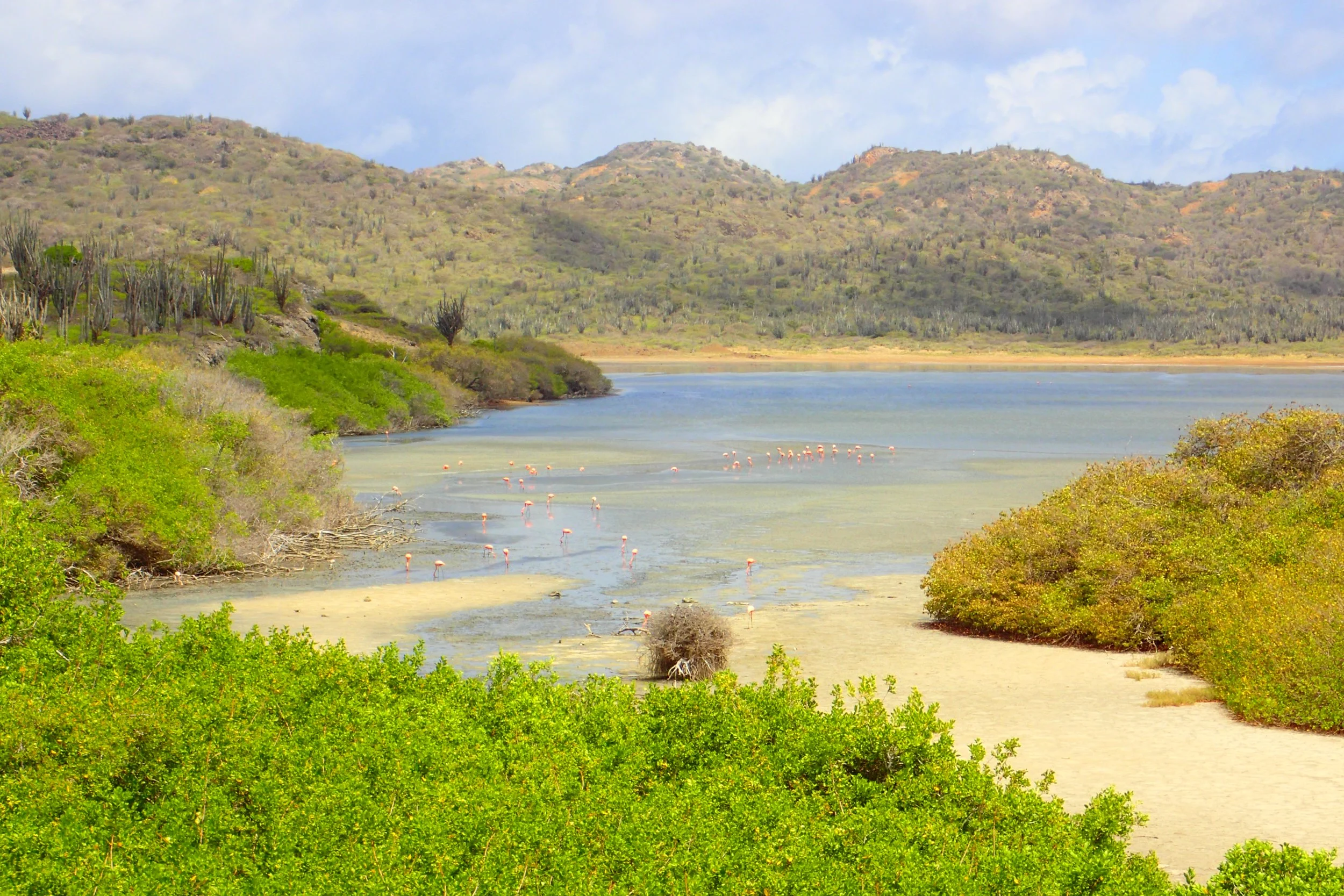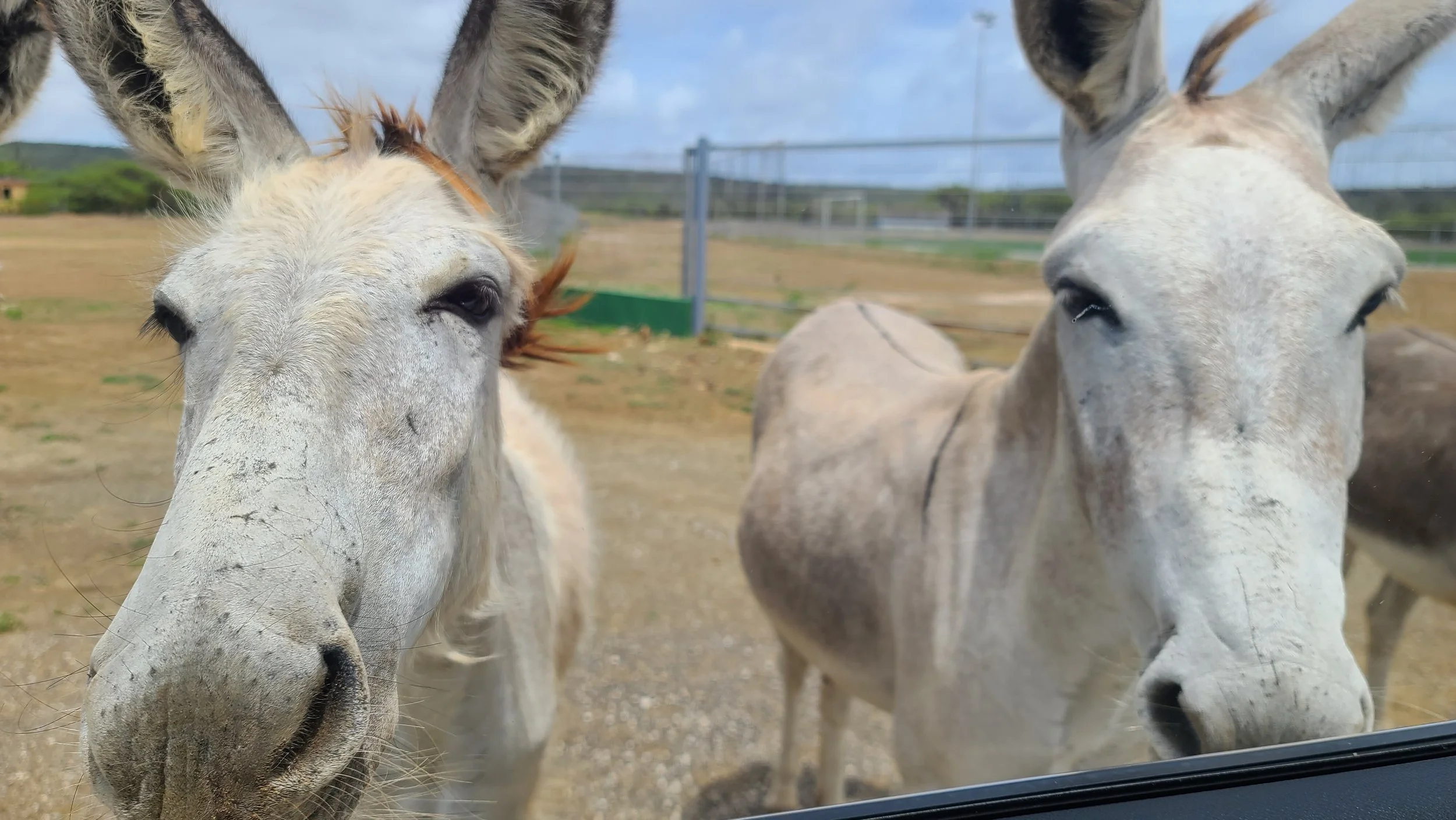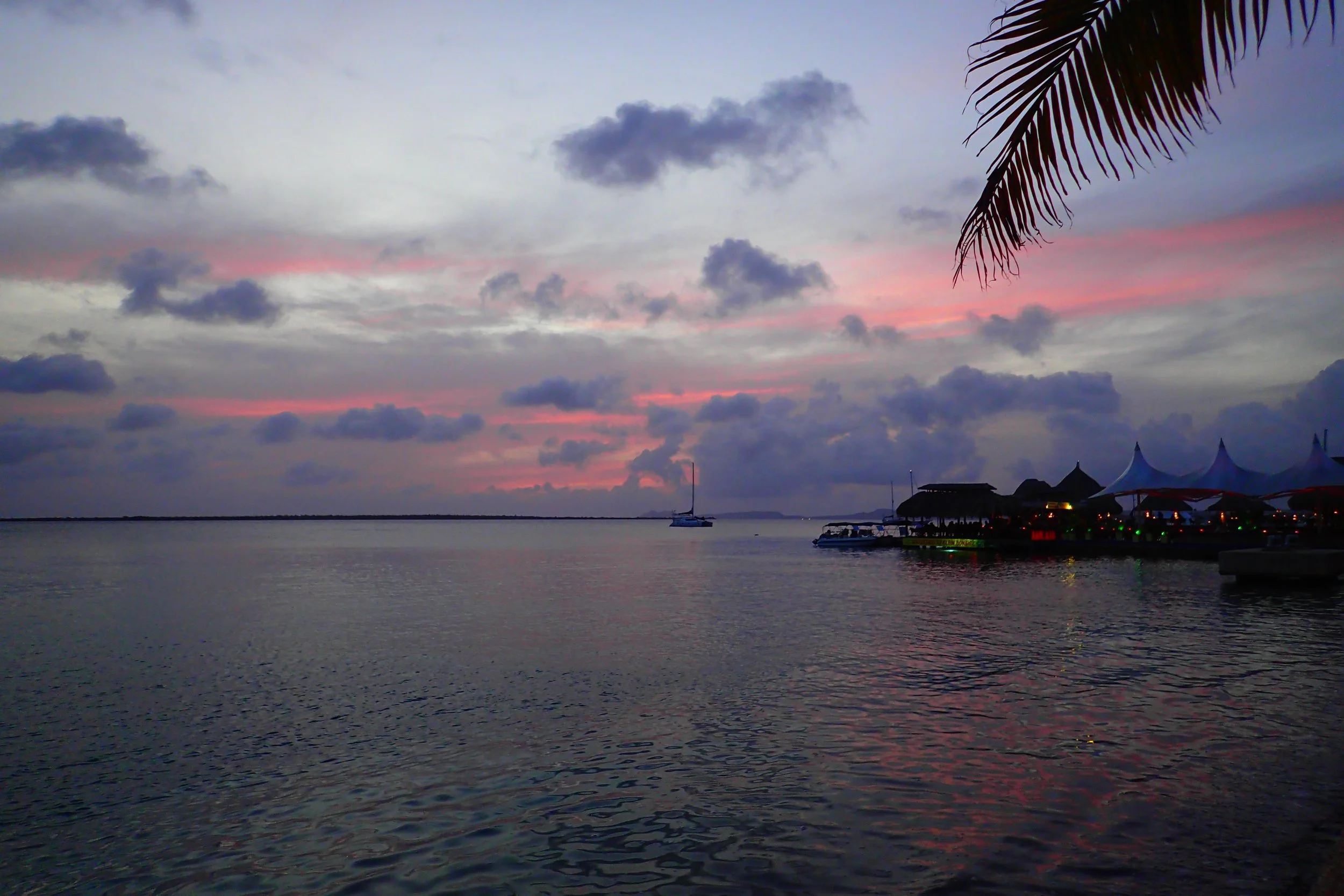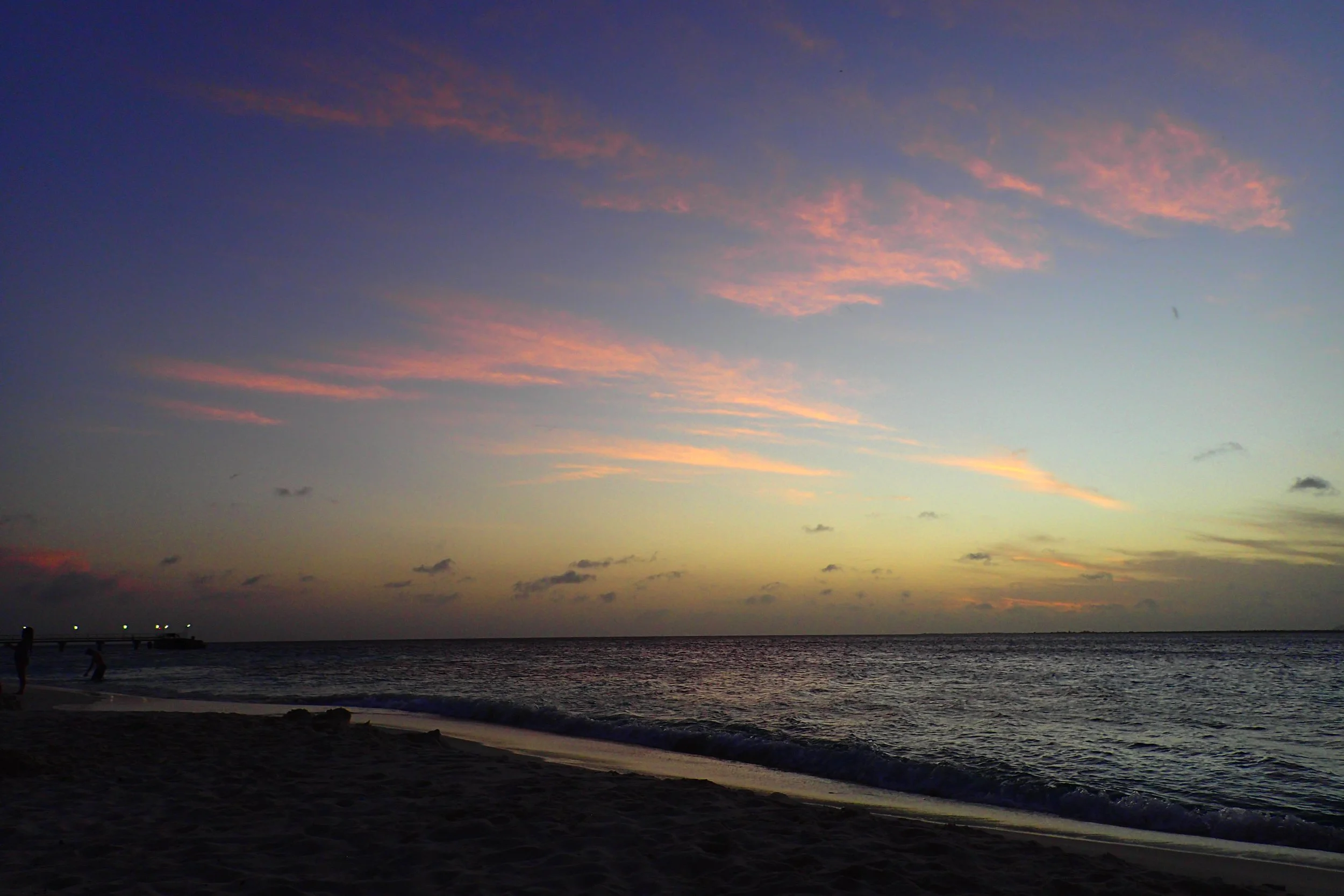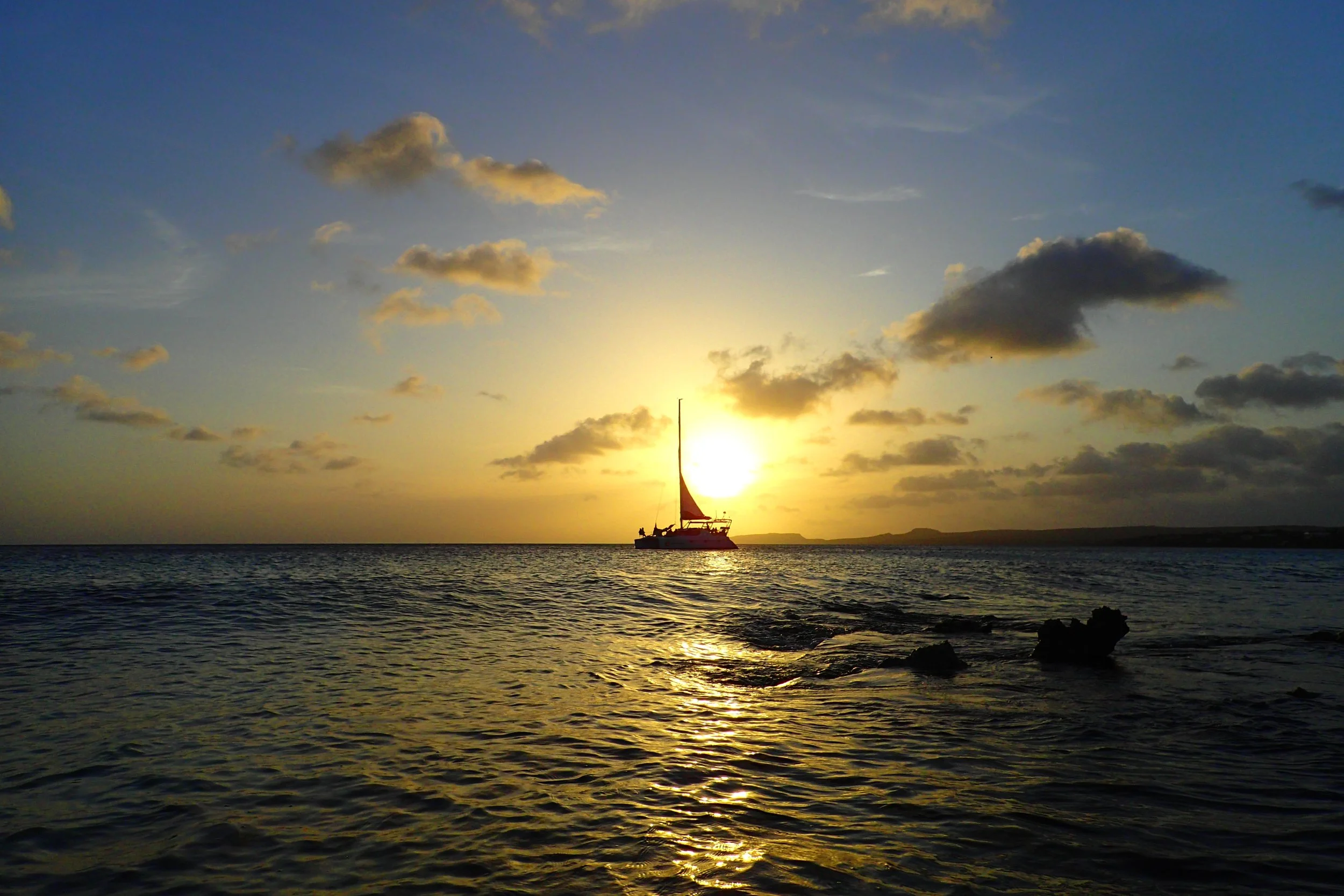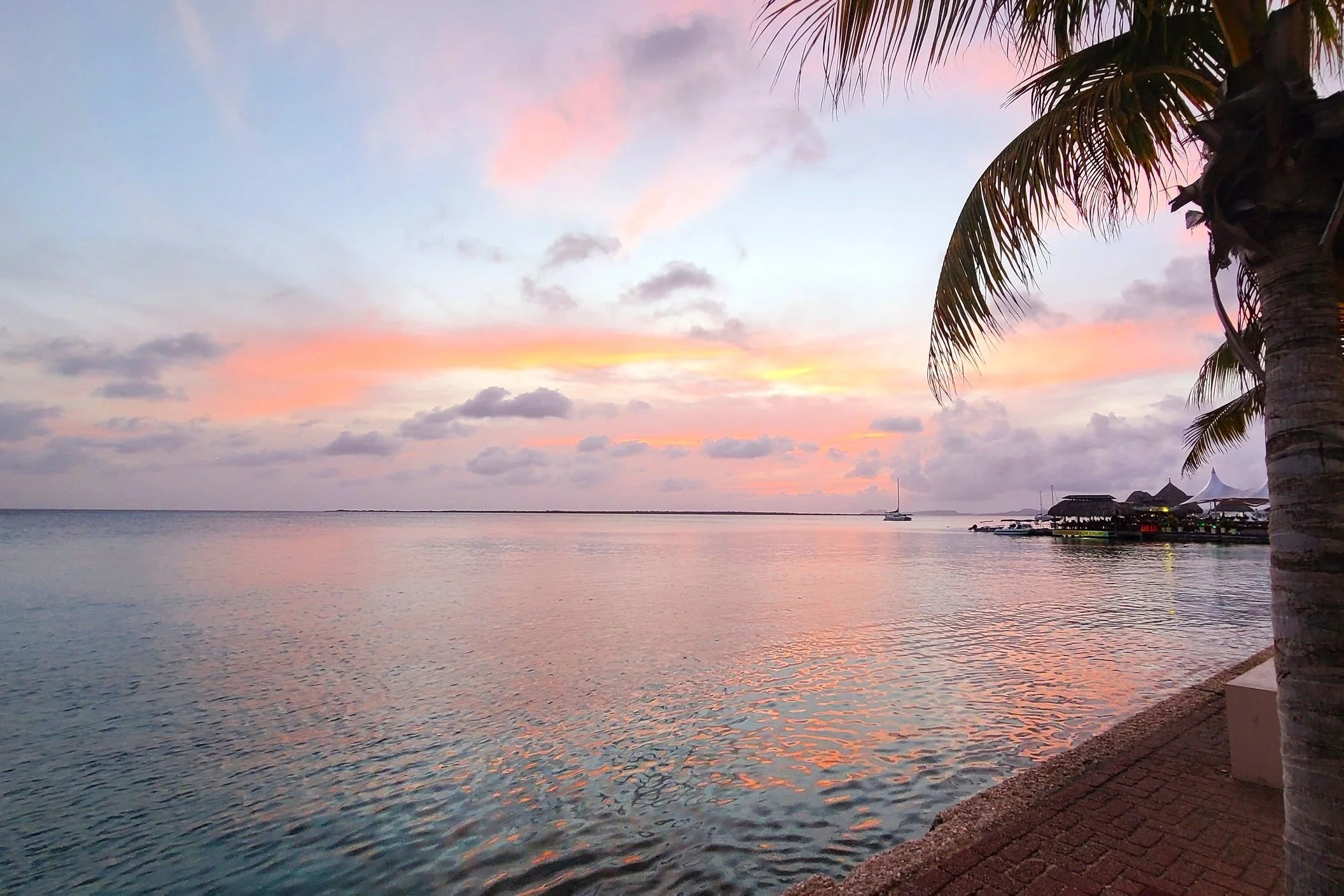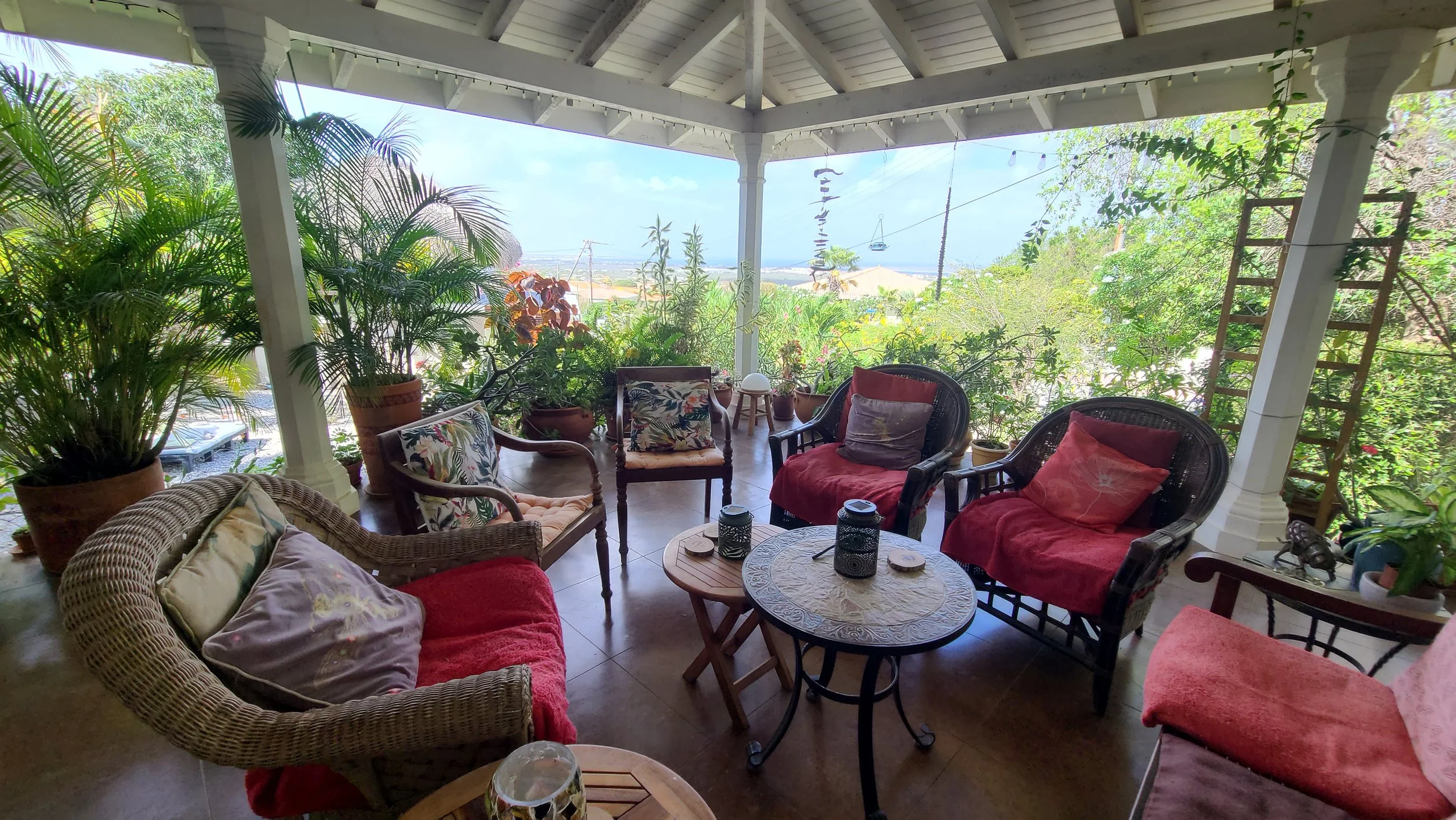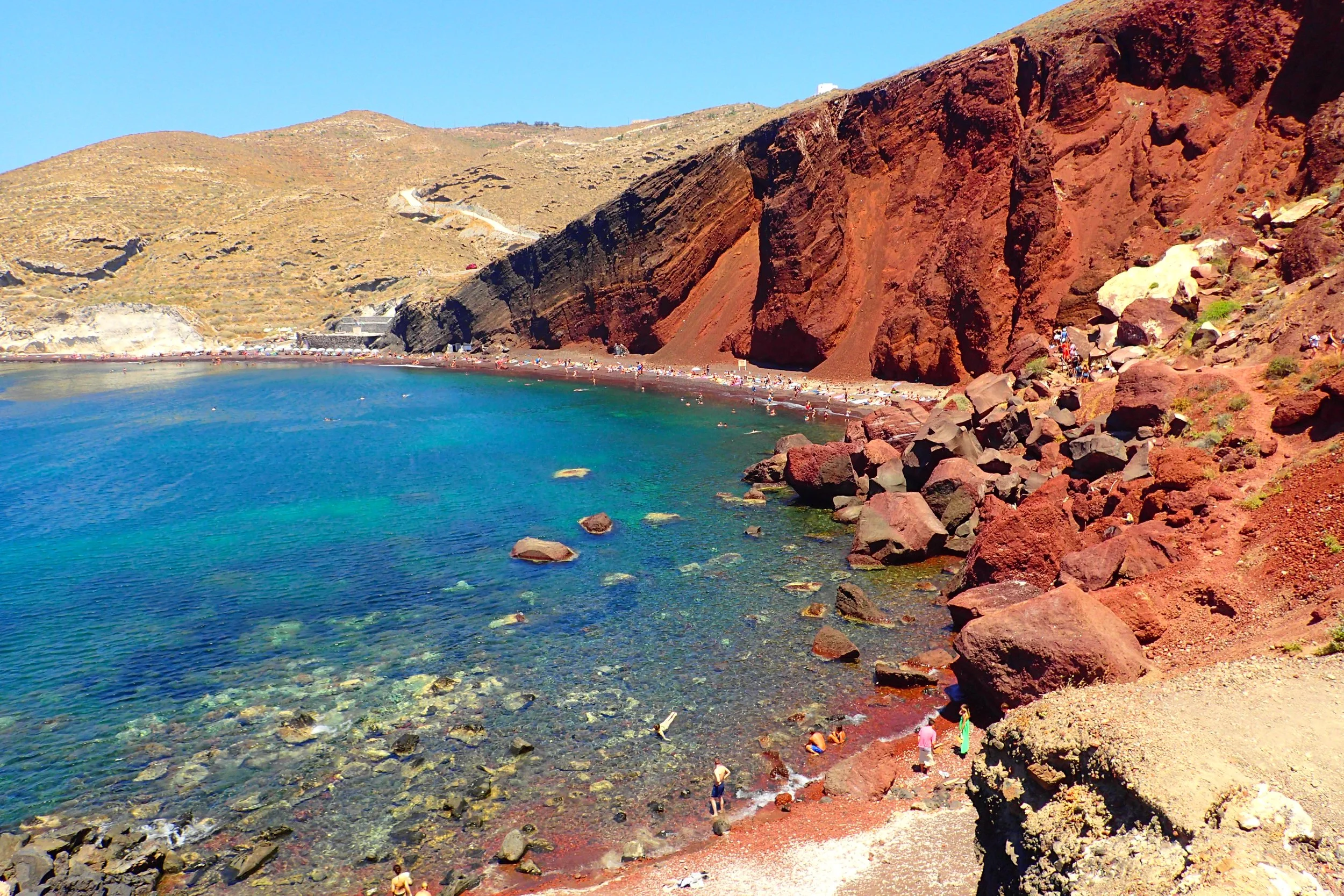I built up some vacation time at my new job in New Jersey—enough to take a week long trip to Bonaire in the Caribbean.
I took a direct flight there from Newark on a Saturday in June and returned the following Saturday. Staying in a room at a local’s home, I kept costs low and focused my energy and dollars on exploring the entire island and capitalizing on it being a major destination for SCUBA diving and other marine activities.
From experiencing my first self-guided shore dive to climbing Bonaire’s tallest peak, I share in this post the best parts of my trip.
The Uniqueness of Bonaire
I mostly expected Bonaire to be not unlike Curaçao. Bonaire is part of the ABC (Aruba, Bonaire, Curaçao) islands known to be part of the Dutch Caribbean as one of the islands colonized by the Netherlands.
onaire is the furthest east of the ABC islands, next to Curaçao.. I visited the C in the ABC island line-up back in 2018 and had an amazing time. So I knew I’d love Bonaire for similar reasons: It’s unique combination of cultures, languages, food and people.
I wasn’t wrong but I also didn’t expect Bonaire to have so many unique qualities that stood out from Curaçao. The highlights in this post reflect many of these stand out characteristics.
1. Diving Made Easy
Bonaire is a very special place when it comes to diving opportunities. For such a tiny island (111 sq miles), there’s over 89 officially named dive sites and easy access to shore dives with beautiful reef from just a few feet to 100+ feet down.
STINAPA, Bonaire's National Marine Park Foundation, has strict rules for conservation of the reefs and much of Bonaire’s environment be it underwater or on land. This results in pristinely kept dive sites and a general respect for all things marine and wild. This was a very attractive aspect of Bonaire’s SCUBA diving attraction as someone who cares a lot about the impact of my tourism on the environment and its animals.
What makes the shore diving special here is the freedom that it allows. The waters are very calm just off shore. Since the reef is so close, there isn’t much risk of getting lost while navigating underwater. Thus, dive companies will often let you rent oxygen tanks with them for a daily fee or “unlimited shore dives” for a week with a flat fee.
If you come with your own gear, that can mean some very inexpensive diving. I rent my gear wherever i go, so I took advantage of low cost afternoon shore diving as part of a morning boat dive package. The only catch? I had to find myself a dive buddy.
My buddies on the boat dive in the morning offered to go shore diving with me in the afternoon at the Salt Pier dive site. This was a major highlight for me on this trip: Experiencing my first-ever shore dive without an official dive master guiding me! While I dove the great barrier reef generally without a guide and just buddies, there was a whole boat full of divers around for that.
This dive, however, felt much more independent. While there were some diverse around, my two buddies and I mostly found our own path around the pier.
The Salt Pier was such an interesting and active dive site because of the many wooden pegs that shoot down into the water to hold up the pier. These loomed upward while underwater and had tons of life swarming around them below. It was by far my favorite dive of the trip!
The boat dives I went on were mainly off of Klein Bonaire—the small island off the shore of mainland Bonaire. But these were mostly unremarkable for me as I marked down over 70 dives on this trip.
2. The Salt Mountains
I didn’t realize Bonaire was known for its salt production. Originally harvested by enslaved peoples from Africa, the Dutch restarted salt production in the 1960s.
Huge piles of salt in the southwest part of the island form salt pans, or salt mountains. You can sit and watch machines gathering and transporting the salt crystals from the road which runs along the coast. On one side, the white salt mountains form amidst flats that often have a pink hue.
This vibrant pink color comes from salt-loving microorganisms called Dunaliella salina algae and halobacteria. Both have reddish hues that appear pink in the waters around the salt company’s production.
This color on one side of the road and the aqua blue of the ocean on the other side gave me several eyegasms. An insane beauty that is special only to Bonaire.
3. Daily Snorkeling
I snorkeled 7 days in Bonaire. I hit many different dive sites. along the shore for snorkeling. Different from Curaçao, I didn’t have to swim far from the entry point to see reef and marine life—in most cases it was immediate. I also enjoyed
The highlights for me were the following:
The extensive staghorn “forest” at 1000 Steps.
A bait ball that passed me at Te Amo Beach near the airport.
The challenge walking for 30+ minutes in waist-deep water out to the pristine reef in Lac Bay.
Discovering the swim through at Boca Slagbaai in the National Park.
Seeing all the unique creatures come out during a sunset dive at Andrea I.
4. Hiking Mount Brandaris
I turned in my car rental early and swapped it for a pickup truck one morning just so I could drive it into Bonaire’s Washington-Slagbaai National Park. They only allow 4x4 vehicles, so I had to plan this one out. And I’m so glad I put in the effort, time, and money because I really enjoyed this part of my trip.
In particular, I loved hiking in the park up to Bonaire’s tallest point reaching 241 m or 791 ft. Not quite as high as Mt Christoffel in Curaçao (at 372 meters or 1,220 ft), I could similarly only access the mountain early in the morning before the sun got too hot for the rangers to allow it.
The best part of this hike were the actually steep rock scrambles at several points. These actually took some skill and strength as well as careful stepping on the way back down. I was grateful for consistent markings guiding the best path up and back.
At the peak, there’s a wobbly stone marker and 360-degree views of surrounding hills, mountains, forest, and ocean.
The hike took me 1.5 hours total, leaving at about 8:45am and arriving back by 10:15am. By then it was already very hot. I was able to snorkel several beautiful sites nearby to cool off! I could see those sites from the peak before my descent.
5.. Flamingos and Donkeys
Bonaire uniquely has large populations of wild, pink flamingos and wild donkeys. These wildlife sightings were a delight to see regularly and as a break from all the marine life I was bound to see in the water.
The flamingos can be found in various locations around the island, most prominently in the north at Goto Meer, in Salina Matijs in Washington Slagbaai National Park, and along Kaminda Lac Road on the way to east side Lac Bay.
As for the wild donkeys, they are most easily seen just about anywhere along the roads. There’s a donkey farm you can visit but there’s no need. They’ll show up sporadically right in the busy cities or along the roads leading out of the cities, as well as on back residential streets.
The most consistent place I saw them was right after the soccer field heading east out of Rincon. They came right up to my car window!
6. So Many Sunsets
I tried to catch the sunset every night on the west coast of the island. This was pretty easy to do since the coast is a short drive from just about anywhere you could be. My Airbnb host lived just a 5 minute drive down the hill to some of the best dive sites and sunset views. Another 5 minutes and I was in the city center where I could catch a meal facing the water if I wanted.
The sunsets weren’t always spectacular but I never minded since it took such little effort to get there.
7. Connecting With My Host
Shortly after arriving to my Airbnb, my host and I discovered we had a connection. We used to live in the same neighborhood as each other in Miami! Also, her daughter went to the university I worked at overlapping with at least 3 years of my time working there.
So on my second to last night in Bonaire, my host invited me to the dinner table with her daughter, daughter’s husband, and their friend. We had a lovely time connecting about Miami, the university, and much else about Bonaire and life in general. It’s these types of connections that make any stay in any location extra special!
I don’t have any photos to share from this meeting other than views from the porch of the house. I wouldn’t want to share much more than this, or my host’s name, because apparently local residents are not allowed to host anymore.
This seems totally antithetical to what Airbnb historically was and still should be. The extra funds really help locals make ends meet. The lower cost for accommodation also allows travelers who otherwise may never travel to Bonaire to afford the trip. This should be seen as a win-win-win for locals, hosts, and the tourism economy in general. I really hope Bonaire rethinks this policy in the future.
In Conclusion
Bonaire may be another ABC island in the Dutch Caribbean, but it has its own very unique draws. I’m so glad I chose it for my first trip in 2025. It was a great use of my paid time off and I feel like 7 nights was perfect for experiencing all the island had to offer, from land to sea and people to animal!





